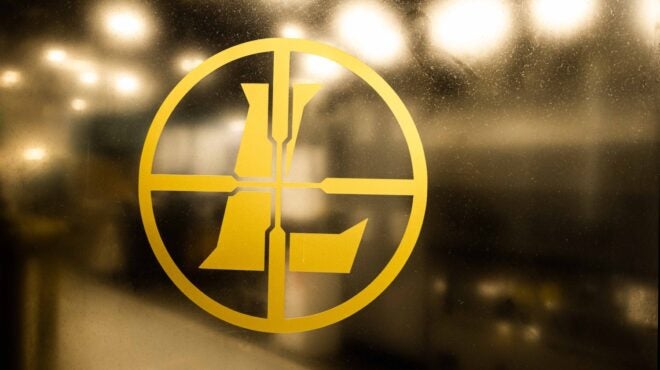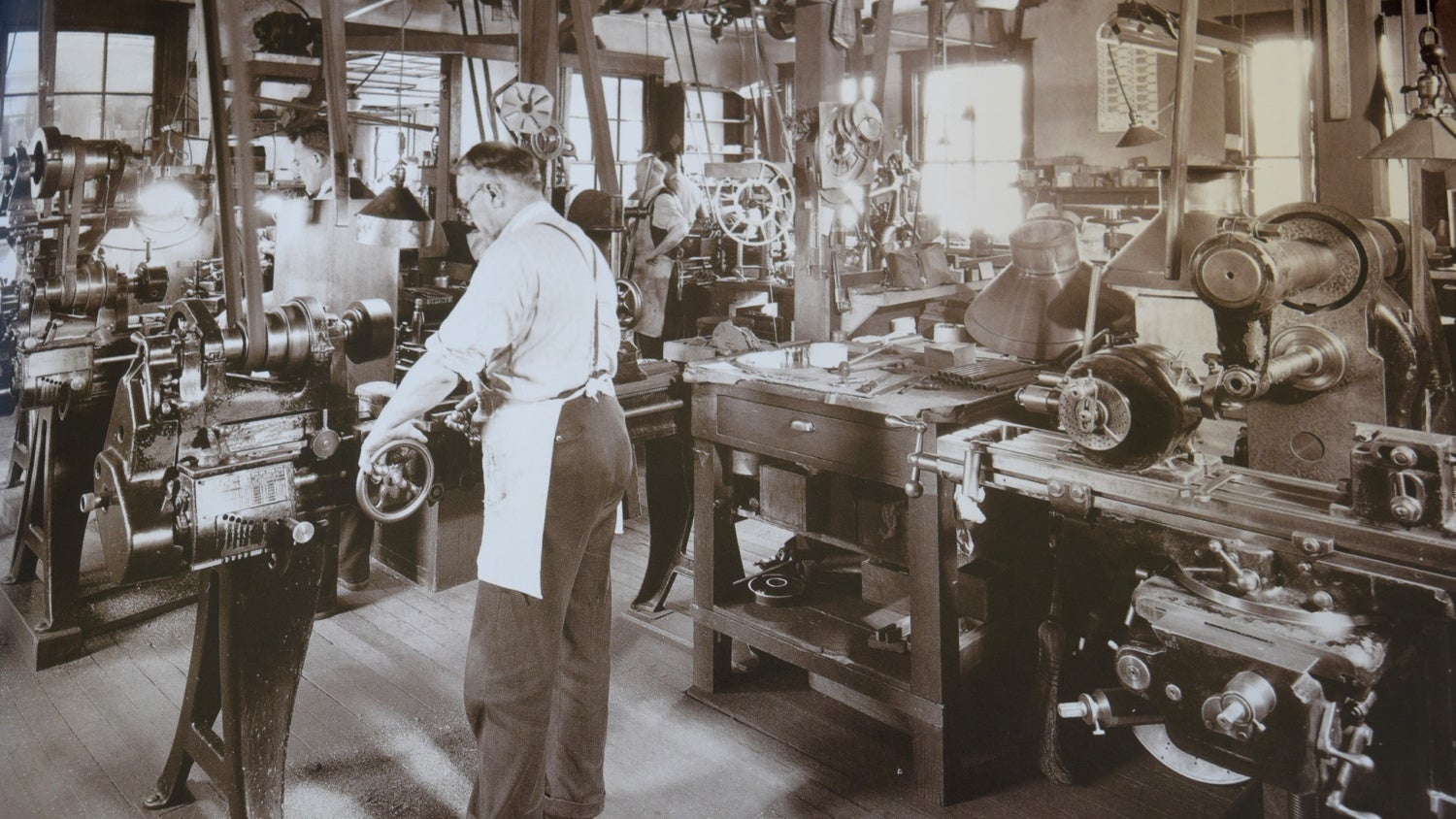Last week I was lucky enough to be invited out to Beaverton OR to take a tour of the Leupold factory with a number of other outdoor journalists. Our tour began in the beautiful front lobby of Leupold HQ where our tour guide Nic Kytlica gave us a brief history of the company.
Factory Tours @ TFB:
- How to Build the Best AK-47: A Rifle Dynamics Factory Tour
- How a Kel-Tec KSG is Made: The Kel-Tec Factory Tour
- EOTech Factory Tour Part 2 – Manufacturing And Range Test
- EOTech Factory Tour Part 1 – EOTech History And HWS Systems
Brief History
In 1907, the West was a popular destination for Americans who wanted to make a new life for themselves, and with that yearning and sense of adventure came the need to build out new infrastructure and develop towns along the way. Fred Leupold and his close friend Adam Volpel saw a golden opportunity to be the only manufacturer of surveying equipment on the West Coast. They set up shop in Portland, Oregon and Leupold Volpel & Co. was born, becoming one of the premier surveying equipment manufacturers in America.
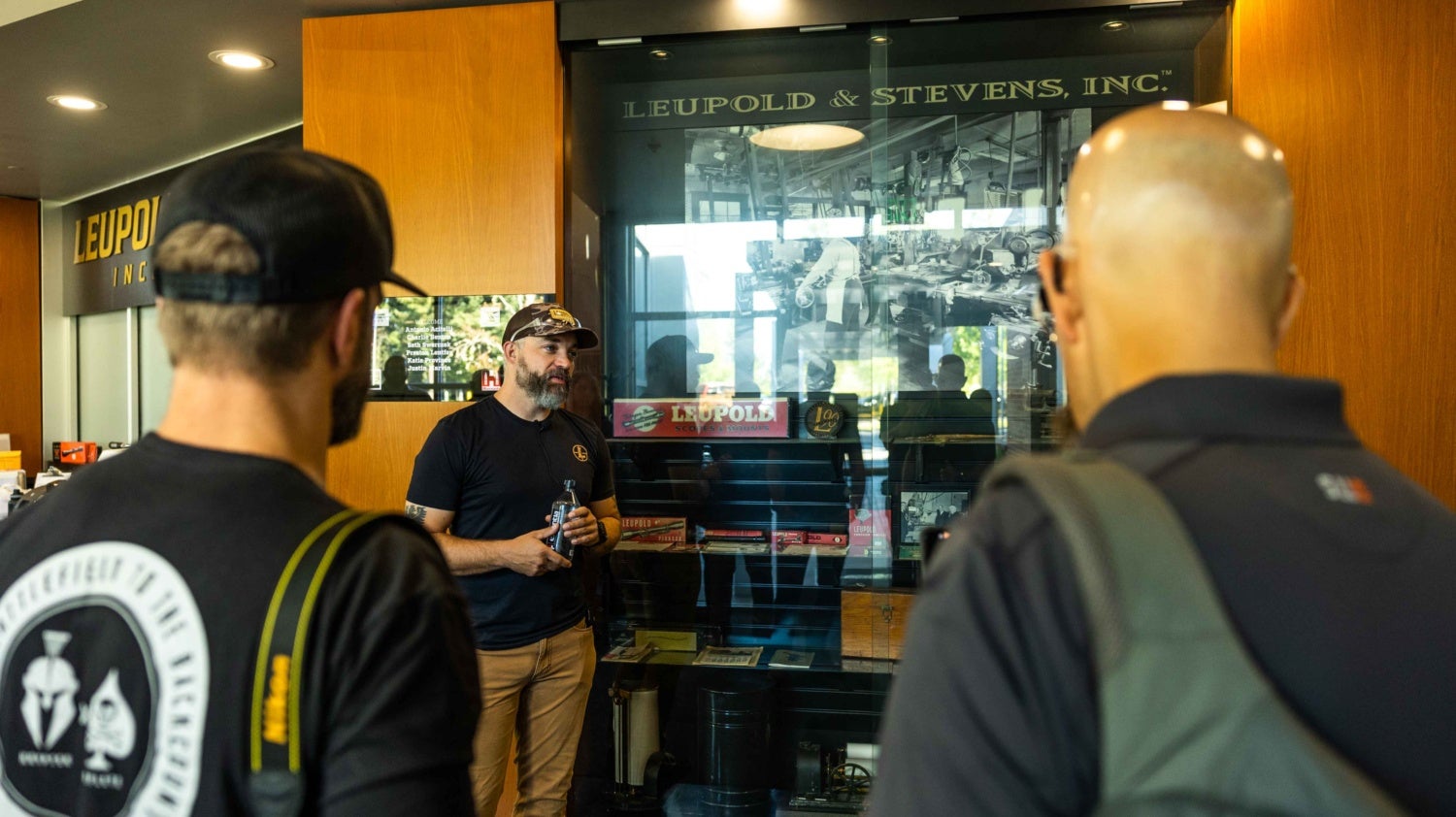
In 1914, J.C. Stevens entered the picture as Fred Leupold’s new partner. J.C. was an Edison-type figure who brought with him a host of proprietary ideas and patents. Most notable was his water measurement device, which transmitted water levels over telegraph wires. This was a revolutionary step forward in technology at the time. Then, in 1945, Fred’s son, Marcus Leupold, set the company on a path to become the world’s foremost riflescope manufacturer.
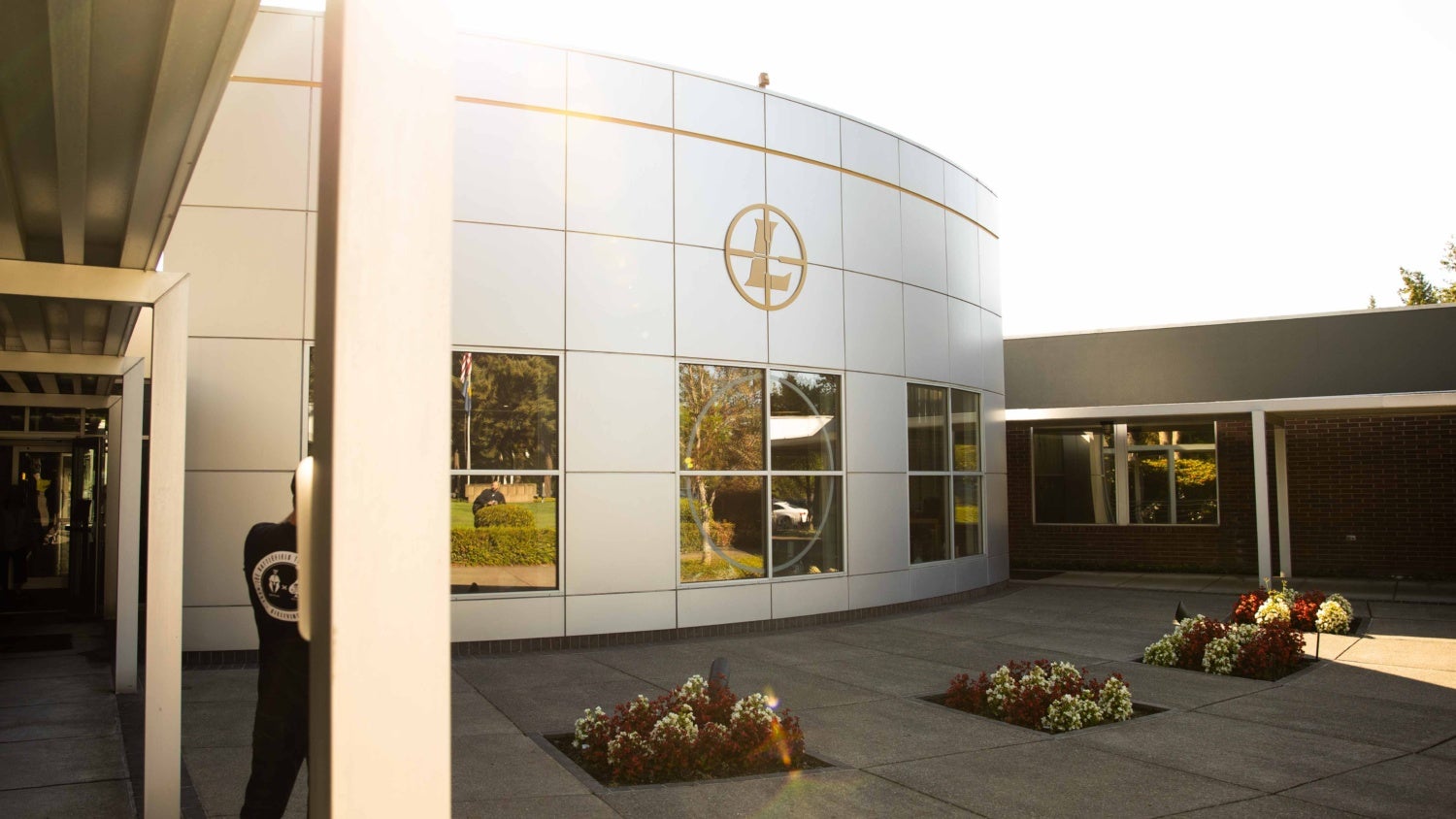
Current HQ
Legend has it that while hunting one day, Marcus Leupold missed a buck because his scope fogged up. He swore he could make a better scope, and that’s just what he did. Having been around precision optical instruments his whole life, he worked weekends and nights with his engineering team, and in 1947 Leupold & Stevens, Inc. introduced its first riflescope. We called it the Plainsman, and it was the first truly fog-proof scope built by Americans.
Leupold Factory Tour – Engineering

The First stop on our tour was to the Leupold optics lab, which was more of an external tour than an internal one as this is where a lot of the secret sauce goes into their products. Naturally, we wanted to all go behind the closed doors, but this was simply not possible on this tour and for very understandable reasons. It was nice to hear that every Leupold optical system is designed and tested in the house. I love it when I hear that a company does everything for their product in one location. Especially when it’s a highly technical and difficult to produce products like a scope.
Outside of the engineering department, we walked to the test board which is a large outdoor contrast, color consistency, chromatic, aberration, tracking, and glare board, which is where all of the optics are visually tested by the optics lab. What are the key points that was brought up a few times was the fact that we were pulled likes to test their products in the real-world lighting conditions.
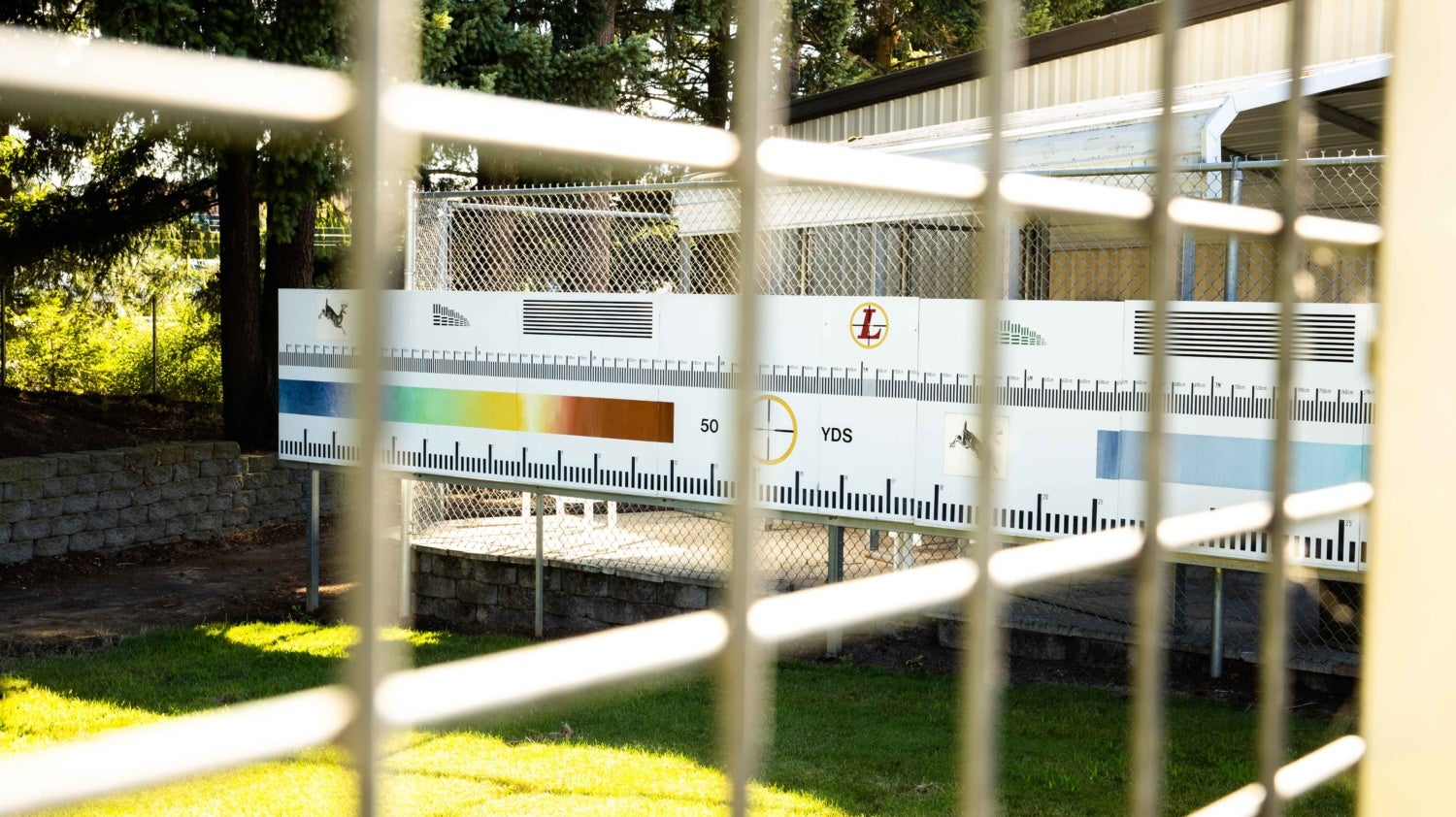
Optical Testing Board
Obviously, this makes sense but apparently, there are some optics companies out there that would rather have their scope look good in the fluorescent white of a gun shop, than in actual natural sunlight, so to test the true performance of optics, Leupold recommends that you take your scope outside of the gun shop into the real sunlight and then do your comparisons there. Definitely some good information.
Leupold Factory Tour – Machine Shop
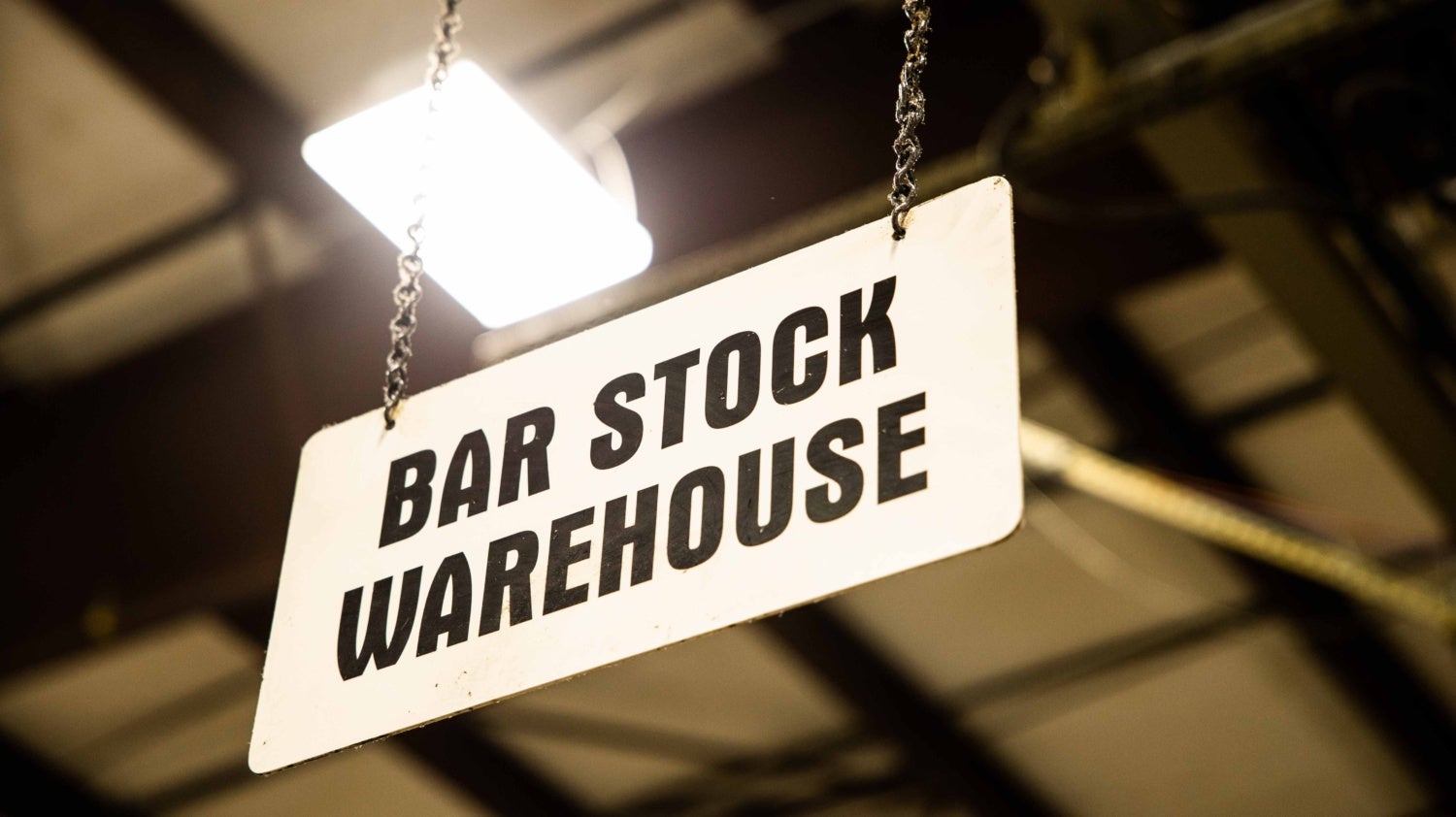
From there we made our way downstairs into the machine shop. This is where we found the shop receiving bay where all of the raw aluminum was delivered and there was a lot of it. It’s hard to believe but Leupold is the second largest consumer of aluminum on the West Coast next to Boeing. All of the aluminum is made in the USA and we were told it’s all of top aerospace-grade alloys.
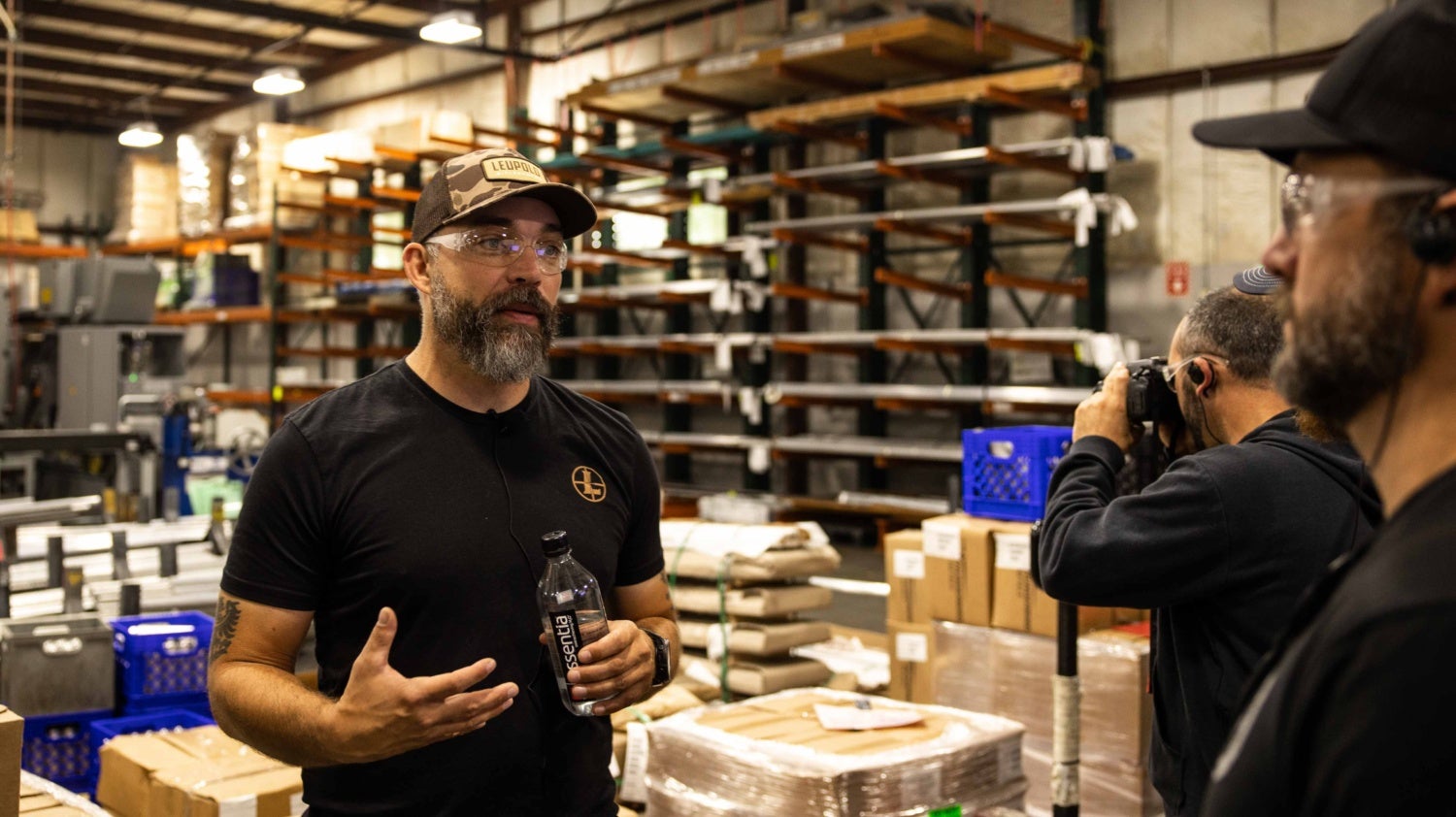
It was nice to see that all of the aluminum shavings were taken care of and handled correctly. They take the chips from the machines and place them in a centrifuge which spins out the cutting fluid. Then they dry the chips and then they are placed in a different machine that compresses them into cylinders the size of a large soup can. This process saves and makes it easier for their aluminum suppliers to recycle them.
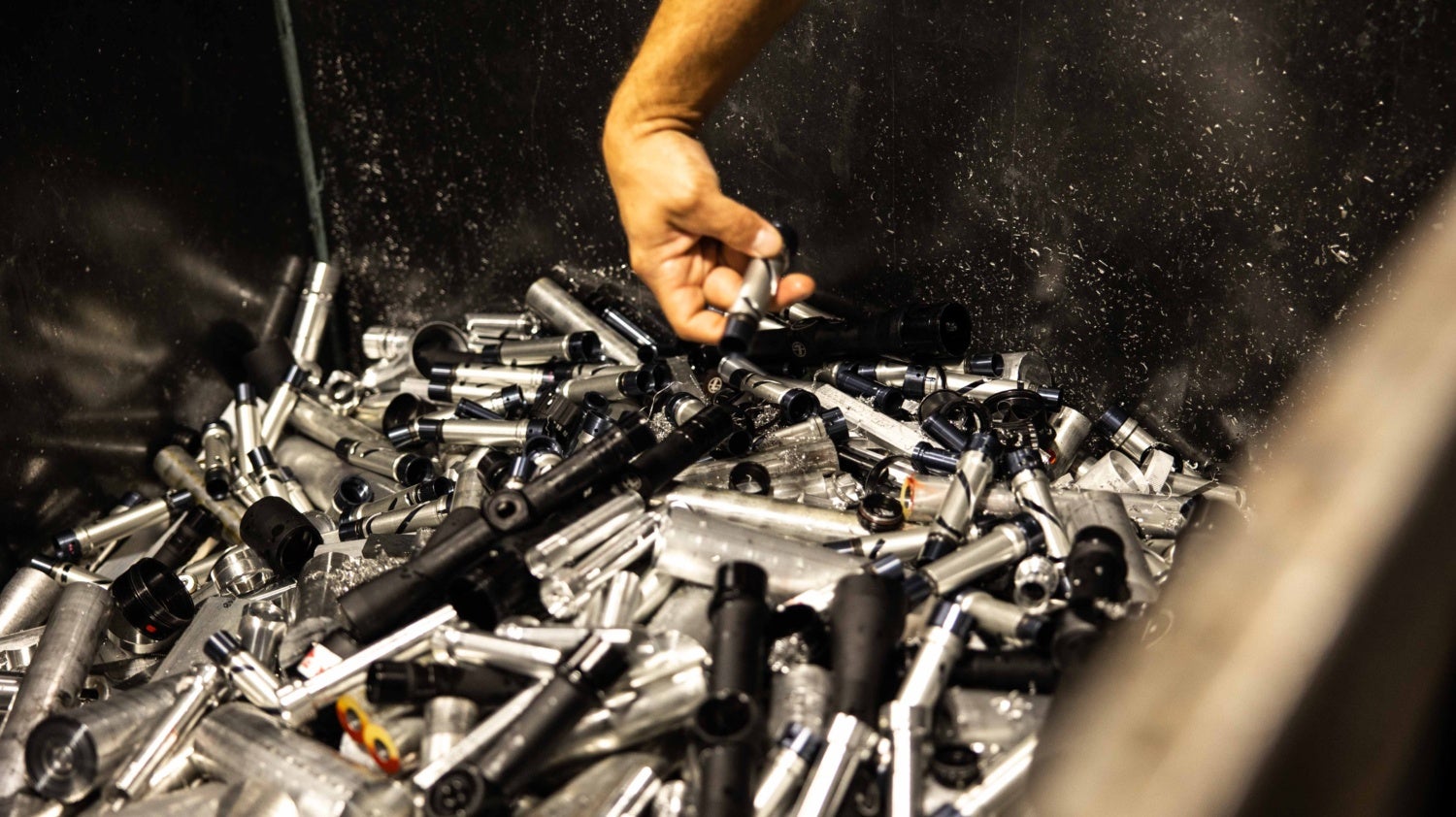
Discarded Tubes

Recycled Material
It’s hard to believe but standing at the front entrance of the factory you would never believe that it spans more than 150,000 square feet. When walking around the factory floor, we were shown dozens of different types of CNC machines, all ranging in size of a compact car to a locomotive train engine. Most of the CNC machines were of the brand INDEX which I was not familiar with, but I was told that due to their incredibly tight tolerances and high output volume, these are some of the best CNC machines in the world.

Something that certainly surprised me on the tour was that Leupold makes everything that goes into their scopes. All the internal parts to control diles, the screws.
“Being able to control the tolerances of extremely intricate components like the adjustment screws is an important piece of the manufacturing puzzle” said our tour guide Nic.
These components become very important because when you want to make an adjustment to your scope and you’re making an adjustment of 1/4 MOA or .1 MIL, that adjustment needs to be very precise.

Main Tubes
We then walked over to the quality assurance department, which is where all components are evaluated. Of course not every single component is evaluated, but only a percentage of the parts from each part of the scope.
After that, we walked over to the bead blasting area, which is the last step of all external parts before they get anodized. The bead blast chamber used a proprietary process to ensure tight tolerances and helps give them the mat/satin texture that their scopes are known for.

After all of the components are complete, they are then housed in the component warehouse. After walking through mostly a grey and white factory, the component warehouse was a refreshing pop of color as there were hundreds of colorful bins filled with different components that were being sorted and moved around. I found it very interesting that all of these components are on a 50-foot tall automatic shelf system for storage when not in use.

Next up we’re bases and rings and while I think the majority of people will go out and buy a nice scope and then put it on $25 rings, I was told that’s not the way you should be mounting your scope. For as long as they have been putting together scopes, they’ve also been producing the mounting products for them. We were told that the connection between the optic, and the firearm is sometimes overlooked, but it is a critical part of making the whole system work. Thanks to advances in technology they can quickly turn out rings from raw material.

The blanks come in and they are drilled and tapped and ready to go. They stamp their logo on the top and gently tumble them to remove sharp edges and then marking them to match their scopes.
They claim that these components are so precise that the tops and bottoms don’t even have to be matched together which means that lapping rings should be a thing of the past if you buy from Leupold.

Thanks for reading and stay tuned for the 2023 Leupold Factory Tour Part 2.
 Your Privacy Choices
Your Privacy Choices
